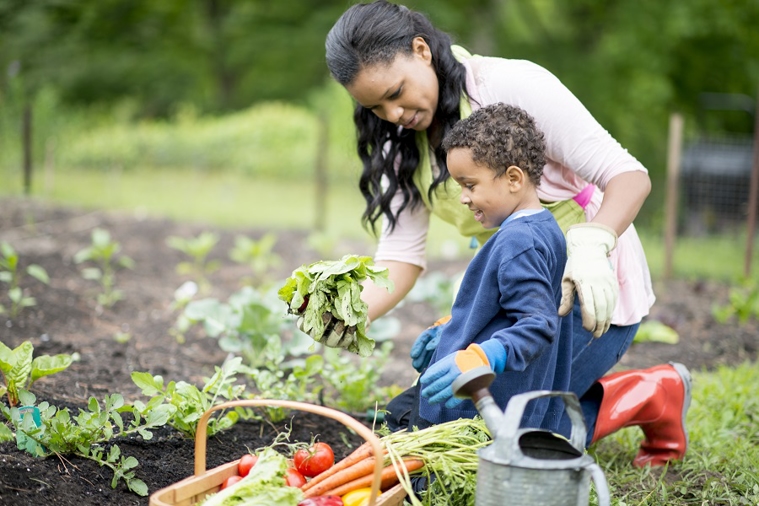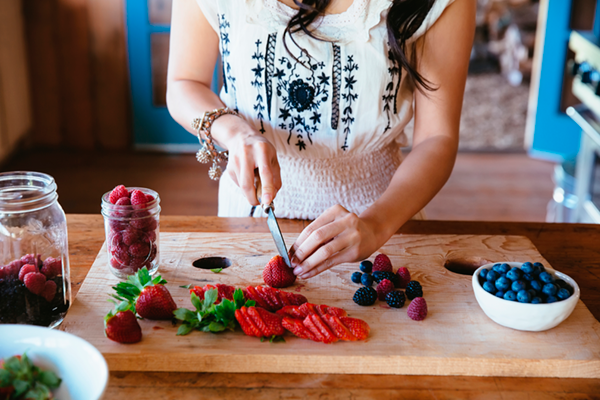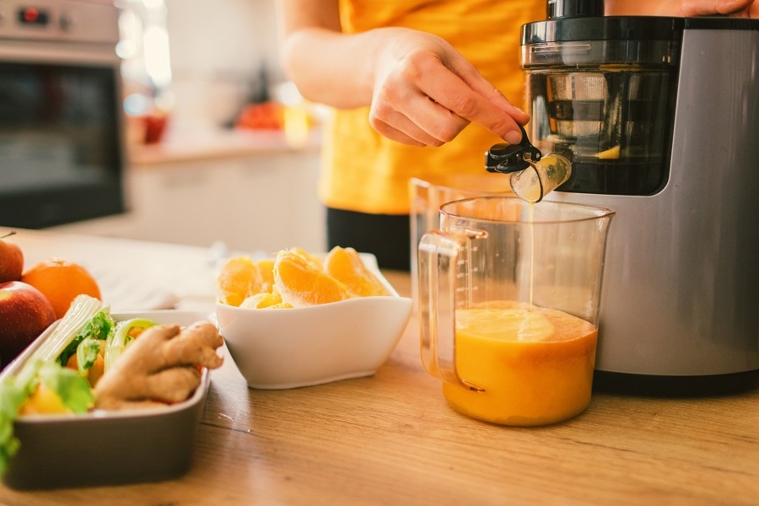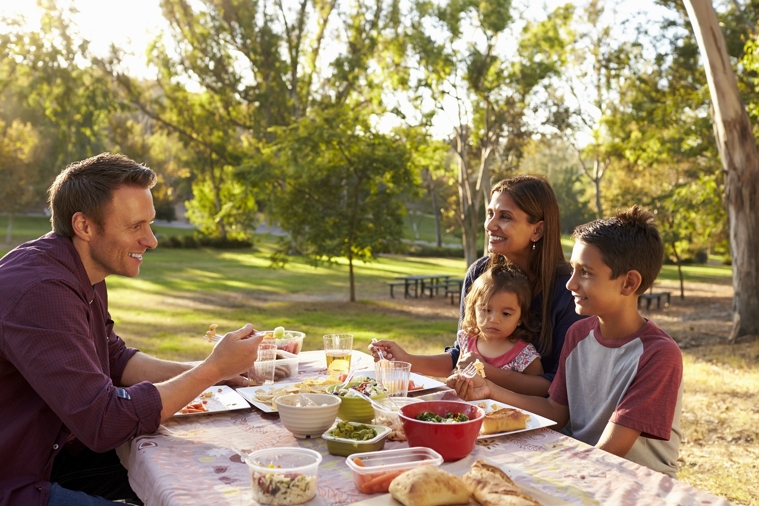Healthy eating from your own garden: Easy veggies to plant and grow
May 11, 2020

Growing your own food has many benefits. Eating from your garden can help you boost your intake of fruits and vegetables, limit your contact with pesticides and eat in-season.
Don’t know where to start? Consider these easy-to-grow vegetables.
Choosing seeds
There are a couple ways to start your vegetable garden—growing from seeds or from small purchased plants called transplants. Some plants, such as tomatoes, are easier to grow from transplants. But you can start many veggies at home from seeds.
Using seeds can be much cheaper and easier for beginners. Consider some of these simple veggies:
- Beets: Opt for a variety of beet flavors and colors by planting red, yellow or white beets. These root veggies will grow best if you remove clumps and stones from your soil before planting.
- Carrots: To avoid short, deformed carrots, make sure you have soft soil and good drainage. Avoid planting carrots too close together.
- Kale: This superfood is one of the easiest plants to grow. You can plant kale any time from early spring through early summer, and kale will keep growing until temperatures get too hot.
- Summer squash: You’ll need a good bit of space so that squash and zucchini have room to grow. Ideally, you should plant squash about three to six feet apart in the sun. When you water these vegetables, always avoid hitting the leaves to keep from growing a mildew.
- Green beans: While bush beans need no support, pole beans want to climb something, such as a pole or trellis, to create that classic beanstalk. Bean plants grow quickly and thrive in a warm, moist environment.
What to do in a small space
For those of us with limited outdoor space, hope is not lost. Even if you live in an apartment with only a window box or balcony, you can still eat fresh, homegrown produce this summer.
- Container gardens: One of the biggest benefits of container gardening is its versatility. Containers can be moved throughout the day to chase the sun and can even be raised off the ground for gardeners with limited mobility. Be sure to water and feed your container garden regularly, as soil in these containers can dry out quicker than in-ground counterparts.
- Community gardens: A community garden is a great way to cultivate your own plants and produce while meeting your neighbors. If you don’t already have a community garden, consider finding a vacant lot to start one. Community gardens can also be a great way to get kids involved in both growing food and cooking fresh, healthy recipes.
- Window boxes: When you’re short on gardening space, window boxes are a great option for growing culinary herbs. If box space is limited, choose smaller herbs like miniature thyme, basil, parsley or tarragon. Larger herbs such as oregano, rosemary, lavender or mint can easily take over a small space.
How can I use my veggies?
Homegrown vegetables make some of the best raw veggie platters. But that’s not the only option for harvesting from your garden. Grilled vegetable kebabs, omelets and summer soups are all nutritious and delicious options for eating from the garden.
Whatever you do, be strategic. Although you may dream of garden beds all in a row, most of us need to pick plants based on our available space. Many vegetable plants require direct sunlight, while others may prefer partial shade. Assess the space you have and choose wisely for the best results.


